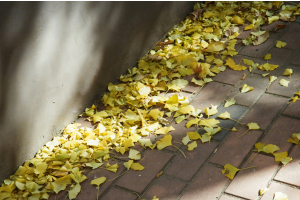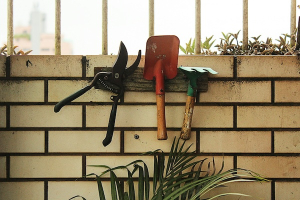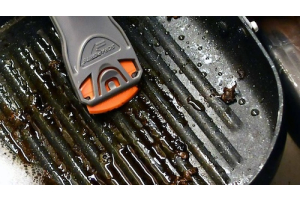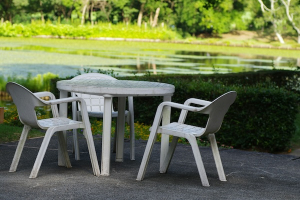Say Goodbye to Old Boat Lettering—Without Damaging Your Hull

Whether you're changing your boat’s name, updating registration numbers, or simply giving your vessel a facelift, removing vinyl lettering is a common part of boat maintenance. But it’s not as simple as peeling it off—especially if the adhesive has baked in under years of sun, salt, and weather.
The challenge? Getting rid of old lettering cleanly without scratching your gelcoat, paint, or hull surface. That’s where plastic blades come into play—offering a safer, smarter alternative to razor blades or abrasive scrubbing.
Why Vinyl Lettering Is Tough to Remove
Boat decals are designed to withstand harsh marine conditions, featuring UV-resistant materials and strong adhesives. Over time, however, they can become brittle, cracked, or sun-faded. When it's time to remove them, the backing often flakes off in small pieces, and the glue stays stubbornly behind.
Metal scrapers might seem like a quick fix, but they can gouge fiberglass or leave behind visible scratches—especially on curved or painted surfaces. Using the right tool is crucial.
Why Plastic Blades Are the Best Tool for the Job
Plastic scraper blades are stiff enough to lift vinyl but soft enough not to damage the surface below. They provide control and safety—essential when working near decals, hull stripes, or boat names where finish matters.
Benefits of using plastic blades for decal removal:
- Won’t scratch gelcoat or paint
- Effective on curved and contoured areas
- Thin edge helps get under lettering cleanly
- Reusable and chemical-resistant
Step-by-Step: How to Remove Boat Lettering with a Plastic Blade
- Warm the Surface
Use a heat gun or hair dryer on low to soften the adhesive. Hold it a few inches from the surface and move it in slow, even passes. You're not trying to melt the decal—just warm it enough to loosen the bond. - Start Peeling
Once the decal is warm, use a plastic blade to gently lift one corner. Slowly peel back the decal at a sharp angle, working in small sections. If the decal tears, reheat and continue lifting. - Remove Adhesive Residue
Even after the vinyl is off, adhesive may remain. Apply a marine-safe adhesive remover or citrus-based solvent, let it sit for a minute, then use the plastic blade to scrape it away. Wipe clean with a soft cloth between passes. - Rinse and Inspect
Once the surface is clean, rinse thoroughly with fresh water. You might notice slight color variation or ghosting where the lettering was—this is common and usually fades with time or light polishing.
Wrap-Up: Clean Removal Without the Damage
Removing old boat lettering doesn't have to be a hassle—or a hazard to your hull. With a little heat, the right solvent, and a plastic blade, you can get the job done cleanly and confidently. Scraperite’s plastic blades are designed specifically for this kind of work—safe on gelcoat, tough on residue, and compatible with a wide range of cleaners. Since different adhesives and solvents interact differently with blade materials, we recommend checking out our Blade Characteristics page to help you select the best blade for your project. The right match ensures you get efficient, scratch-free results, every time.








